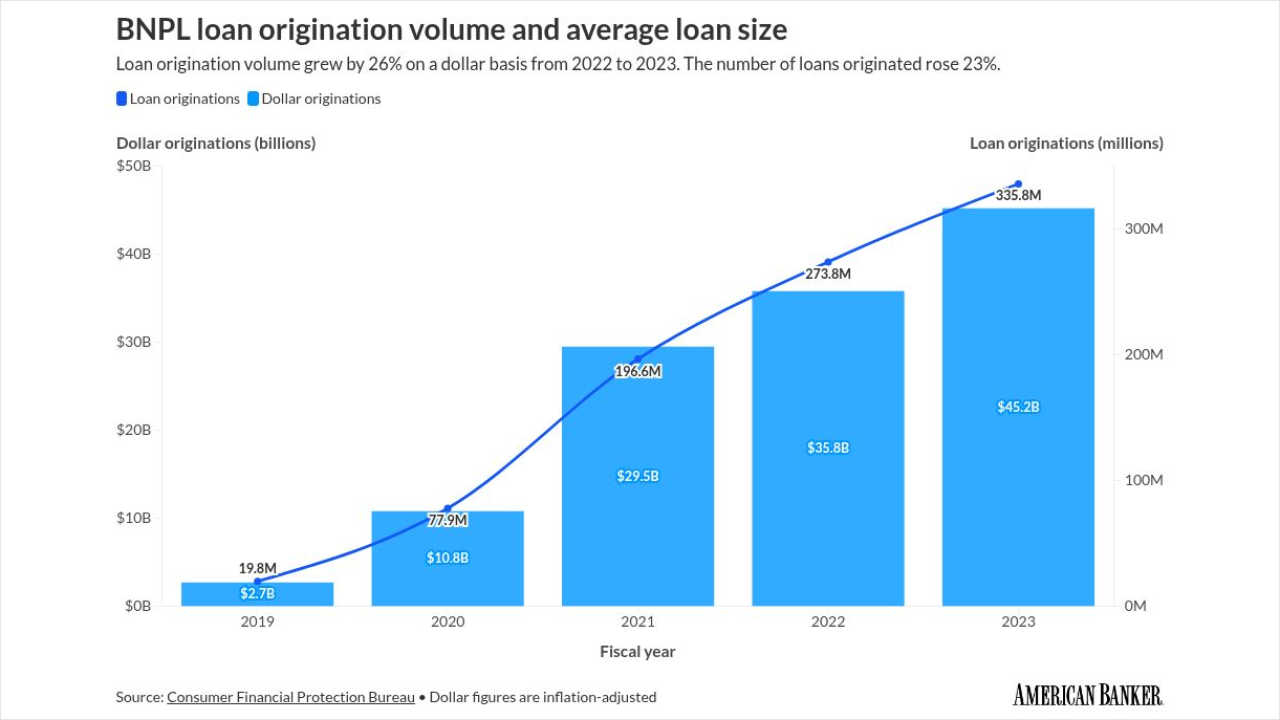Whether the economy is headed for a soft or hard landing nobody currently knows, but either way the collateralized loan obligation (CLO) market's robust issuance this year, driven by resets, is likely to continue despite ongoing financial market volatility.
Moody's Ratings sees no let-up in CLO issuance, according to Jian Hu, managing director of structured finance at the firm, as deal flow continues primarily in the form of resets and refinancings rather than relying on new money supporting M&A or leveraged buyouts.
The market has already priced in the likelihood of rate cuts this year, Hu said, and when they actually occur it will fuel more CLO issuance, because of the change in rate direction and the benefit to the CLOs' economics. He added that improved credit outlook typically leads to CLO spreads declining faster than the underlying loans' spreads, a boon to CLO equity providers that encourages more deals.
"We are prepared and ready from a credit analysis and resource standpoint," Hu said.
Offsetting the positive credit dynamics, however, will likely be some fund-flow rotation, said Dan Ryan, co-head of Benefit Street Partners' CLO platform, as investors anticipating rates continuing to fall shift to fixed-income assets that could see price increases.
"We could see an interesting market reaction, where high-quality loans trading close to par potentially trade off, while CCC loans trade up because of easing financial conditions," he said.
Understanding the macroeconomic environment the rate cuts coincide with is key to positioning portfolios.
He added that ongoing economic growth will be key to CCC loans trading up as the Federal Reserve cuts rates to tame inflation--the so-called soft landing. If the next unemployment report, due September 6, shows unemployment spiking, or there are other recessionary indications, macroeconomy concerns could outweigh the rate-cut benefits and prompt investors to trade out of the riskier credits.
"Understanding the macroeconomic environment the rate cuts coincide with is key to positioning portfolios," Ryan said.
Elen Callahan, head of research at the Structured Finance Association, said she is closely monitoring for credit deterioration, noting Fitch Ratings' steep upward revision of its default-rate estimate for 2024. On July 24, the rating agency raised that estimate to 5.0%-5.5% from 3.5%-4.0%, citing cash-flow pressures from slowing GDP growth and interest rates.
"We see the impact on CLO credit metrics," she said, noting that weighted average rating factor (WARF) and CLOs' CCC buckets are currently above their levels from a year ago.
The telecom, healthcare and pharmaceuticals, and high-tech sectors are disproportionately responsible for the defaulted assets in CLOs, she said, adding that CLO structures nevertheless "remain robust, particularly for senior, high-rated tranches, thanks to their built-in protection and self-correction features."
Illustrating the divergence in economic and financial outlooks today, Moody's Ratings issued a report August 15 stating that the six defaults by corporate debt issuers globally was the smallest number since November, when there were four. It added that the trailing 12-month global speculative default rate declined to 4.6% in July, down from a revised 4.9% in June.
"Our forecasting model predicts that the global default rate will end this year at 3.8% and reach 2.9% by the end of July 2025," the report says, adding that Moody's sees the U.S. economy "still on track for a soft landing."
Wellington Management sees the current default rate as unlikely to increase further given that borrowers' resets have successfully pushed out debt maturities to 2026 and beyond.
"We don't see any near-term catalyst for a big spike in defaults," said Alyssa Irving, a portfolio manager focused on CLO portfolios at Wellington Management.
There could, however, be a slowdown in CLO issuance as the November election approaches, according to Irving. She said that the market seeks to price which way the election could go in September. Given the uncertainty around this year's election, however, it may have pulled forward issuance activity, she added, and issuance could slow as market participants wait to see if volatility persists.
The cost of volatility
One source of volatility could be CLO ETFs, Irving said, since a decline in rates could impact demand from especially institutional investors and lead to outflows.
"CLO ETFs moved spreads tighter in the first half, so they could push spreads wider if we see meaningful outflows," she said.
As of mid-August, CLO AAA spreads had widened by single-digit basis points but probably not enough to dampen currently robust issuance.
Being able to lock in spreads at these tight levels will be advantageous for the next five-year reinvestment period.
In fact, Irving said, those spreads remain in the top quartile on a ten-year look-back basis and still provide very attractive financing for CLO equity investors to lock in, and then be able to reinvest during periods of volatility.
"Being able to lock in spreads at these tight levels will be advantageous for the next five-year reinvestment period where we'll inevitably hit cycles in loan spreads," Irving said. "So our view is quite favorable on CLO equity in this environment."
A challenge for CLO managers seeking to issue new deals has been the necessity to buy loans heavily in demand, at times above par. Nevertheless, spreads have tightened significantly, said John Kim, CEO and chief investment officer of Panagram Structured Asset Management, which has launched ETFs investing in AAA CLOs and BBB-to-B CLOs. He anticipates more corporate borrowers acknowledging that and approaching the market.
"If corporate borrowers can build in some optionality from the Fed cutting rates, their cost of capital will be reasonable," Kim said, "If you're the CFO of a leveraged loan issuer, you have to think about when you're going to start accessing this market."
Kim added that large private-equity firms are seeking to monetize their holdings at a higher rate this year, and that could lead to an increase in M&A activity and potentially more new-money loans.
Resets are also prevalent among CLOs and, in fact, total resets have recently exceeded total refinancings for the first time in the history the CLO market, Hu said. Moody's defines a reset as a change in terms, including indentures and other structural features, that extend beyond just a change in spread. Resets have sought to extend the CLO reinvestment periods, recently, Hu said, to relieve pressure on the need to purchase new loans and the start of CLO amortization.
Resets can also help CLOs address the increase in loan defaults and ratings downgrades that have occurred over the last few years, Hu said. That need should lessen if Moody's forecast for lower corporate defaults in the coming months proves accurate, however.
Financial market volatility has adversely impacted CLO issuance historically, said Michael Herzig, First Eagle Alternative Credit's head of business development, but despite significant volatility this year, investors' acceptance of the CLO product has nevertheless reached new highs. He said he sees CLO resets and refinancings continuing throughout the rest of the year, and he describes new issue loan activity this year as mostly opportunistic transactions that do not improve the credit.
"It's been the snake eating its tail, with not a lot of new loans coming to market," Herzig said.






